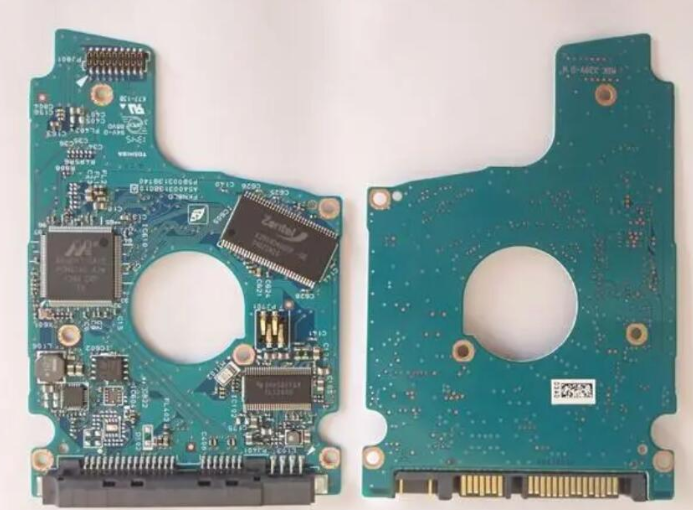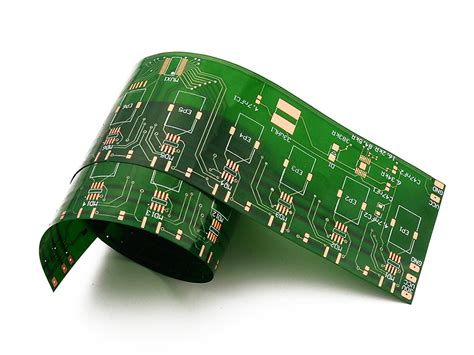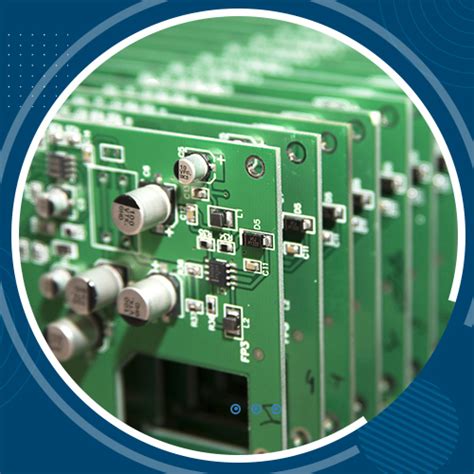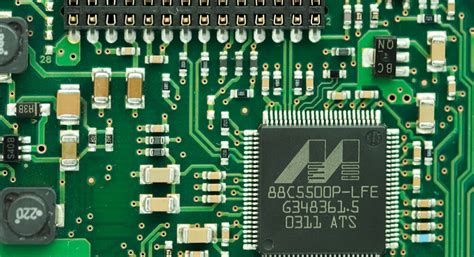The Evolution and Technology of PCB-Based Hard Disks
Introduction
In the ever-evolving landscape of data storage, PCB (Printed Circuit Board) hard disks represent an important intersection of traditional storage technology and modern electronics design. While not as widely discussed as SSDs or cloud storage solutions, PCB-based hard disks play a crucial role in specific applications where reliability, customization, and direct hardware integration are paramount. This 2000-word article explores the technology behind PCB hard disks, their design considerations, applications, and how they compare with conventional storage solutions.
Understanding PCB Hard Disks
Definition and Basic Concept
A PCB hard disk refers to a data storage device where the storage medium (typically flash memory chips) is directly integrated onto a printed circuit board, rather than being housed in a separate enclosure like traditional hard drives or SSDs. This approach eliminates the need for standardized form factors and allows for greater design flexibility.
Key Components
- Storage Medium: Most PCB hard disks use NAND flash memory chips soldered directly to the board, though some implementations may use other technologies like NOR flash or even magnetic storage in specialized applications.
- Controller: A dedicated processor manages data operations, wear leveling, error correction, and interface protocols.
- Interface Circuitry: Components that handle communication with the host system (SATA, PCIe, USB, or custom interfaces).
- Power Management: Voltage regulators and power conditioning circuits ensure stable operation.
- Support Components: Crystal oscillators, resistors, capacitors, and other passive components necessary for proper functioning.
Advantages of PCB Hard Disk Design
Space Efficiency
By eliminating external enclosures and connectors, PCB-based storage solutions can achieve significantly higher density. This is particularly valuable in embedded systems and miniaturized devices where every cubic millimeter counts.
Customization Flexibility
Designers can tailor the storage solution precisely to their needs:
- Exact capacity requirements (by selecting specific memory chip configurations)
- Custom form factors
- Specialized interfaces
- Application-specific security features
Enhanced Reliability
The direct integration of components reduces points of failure:
- No moving parts (in flash-based implementations)
- Fewer connector interfaces that could degrade over time
- Ability to implement robust mounting solutions
Performance Optimization
PCB integration allows for:
- Shorter signal paths between components
- Better thermal management through direct heat dissipation to the board
- Customized performance characteristics

Design Considerations for PCB Hard Disks
Memory Selection
Choosing the right type of memory chips involves balancing:
- Endurance: SLC (Single-Level Cell), MLC (Multi-Level Cell), TLC (Triple-Level Cell), or QLC (Quad-Level Cell) NAND
- Capacity Requirements
- Speed Characteristics
- Cost Constraints
Thermal Management
High-density storage on PCBs generates heat that must be properly managed:
- Thermal vias
- Heat spreaders
- Strategic component placement
- Possible integration with system cooling solutions
Signal Integrity
Maintaining clean electrical signals is crucial for reliable operation:
- Proper trace routing
- Impedance matching
- Noise reduction techniques
- Power plane design
Power Considerations
Storage solutions have specific power needs:
- Stable voltage supply
- Power sequencing requirements
- Surge protection
- Low-power modes for battery-operated devices
Data Security Features
PCB integration enables hardware-level security:
- Encryption engines
- Secure boot capabilities
- Tamper detection circuits
- Physical security measures
Manufacturing Processes
PCB Fabrication
Special considerations for storage applications:
- High-layer count boards for complex routing
- Controlled impedance for high-speed interfaces
- Robust via structures for reliability
Component Assembly
- Precision placement of memory chips
- Reflow soldering processes
- Inspection and testing protocols
Quality Assurance
- Extensive testing of memory blocks
- Burn-in procedures
- Environmental stress screening
Applications of PCB Hard Disks
Embedded Systems
- Industrial control systems
- Medical devices
- Automotive electronics
- Aerospace applications
Specialized Computing
- Military and defense systems
- High-reliability computing
- Ruggedized equipment
Consumer Electronics
- Smart TVs and set-top boxes
- Gaming consoles
- IoT devices
Prototyping and Development
- Custom storage solutions for research
- Rapid prototyping platforms
- Specialized test equipment
Comparison with Traditional Storage Solutions
Versus Standard SSDs
Advantages:
- More compact
- Greater design flexibility
- Potential for higher reliability
Disadvantages:
- Less standardized
- Typically lower capacities
- More complex to replace/upgrade
Versus HDDs
Advantages:
- Faster access times
- Greater shock resistance
- Lower power consumption
Disadvantages:
- Higher cost per gigabyte
- Limited maximum capacities
Versus eMMC Storage
Advantages:
- Better performance
- More flexible configurations
- Higher maximum capacities
Disadvantages:
- More complex design requirements
- Higher cost for small implementations

Future Trends in PCB Hard Disk Technology
Increasing Densities
Advancements in 3D NAND technology allow for more storage capacity in the same PCB area.
Advanced Packaging
Technologies like chip-on-board (COB) and system-in-package (SiP) enable even more compact designs.
New Memory Technologies
Emerging technologies like MRAM and ReRAM may find applications in future PCB storage solutions.
Integration with Compute
The trend toward computational storage brings processing power directly to the storage PCB.
Improved Interfaces
Faster and more efficient interface protocols enhance performance.
Challenges and Limitations
Design Complexity
Creating reliable high-capacity storage PCBs requires significant expertise in both storage technology and board design.
Cost Factors
For small production runs, custom PCB storage solutions can be cost-prohibitive compared to commercial off-the-shelf alternatives.
Repair and Maintenance
Integrated designs often mean the entire board must be replaced if the storage fails.
Capacity Constraints
While densities are improving, PCB-based solutions still can’t match the raw capacity of large form factor drives.
Best Practices for Implementing PCB Hard Disks
Thorough Requirements Analysis
Clearly define:
- Capacity needs
- Performance requirements
- Environmental conditions
- Expected lifespan
Careful Component Selection
Choose memory chips and controllers based on:
- Endurance ratings
- Temperature ranges
- Quality grades
Robust Design Practices
Implement:
- Proper signal integrity measures
- Effective thermal management
- Mechanical stress considerations
Comprehensive Testing
Develop test procedures that verify:
- Data integrity
- Performance characteristics
- Reliability under stress conditions
Conclusion
PCB hard disks represent a specialized but important segment of the data storage landscape. By integrating storage directly onto printed circuit boards, designers can create highly optimized solutions for specific applications where standard storage devices would be impractical or insufficient. While they may not replace consumer-grade SSDs or HDDs for general-purpose computing, their advantages in embedded systems, specialized equipment, and high-reliability applications ensure they will remain relevant as storage technology continues to evolve.
As memory densities increase and new technologies emerge, we can expect PCB-based storage solutions to play an even greater role in the increasingly connected and miniaturized world of electronics. For engineers and system designers, understanding the capabilities and limitations of PCB hard disks is essential for creating optimized solutions in an ever-more demanding technological environment.







